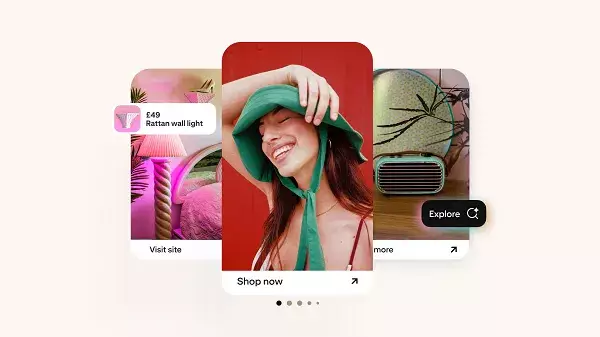In the fiercely competitive landscape of digital marketing, where brands are continuously finding ways to capture the attention of consumers, Pinterest emerges as a not-so-hidden gem. This platform boasts a staggering 570 million users, many of whom approach it with the mind of a buyer rather than a casual scroller. Unlike conventional social media platforms that aim for casual interactions, Pinterest operates in a sphere akin to a visually captivating e-commerce venue, presenting genuine opportunities for engagement and conversion. This unique proposition makes it a critical tool for any brand looking to amplify its outreach in a market saturated with advertising noise.
The Power of a Quality Product Catalog
The foundational step to capturing the interest of Pinterest users is an impeccably crafted product catalog. Think of your catalog as the spine of your brand’s story on this platform. Brands that take the time to curate a thorough and visually appealing catalog report five times more impressions than those who neglect this step. However, quantity alone does not guarantee success; the quality of each entry plays a crucial role. Your catalog must be a harmonious blend of striking images and engaging descriptions that resonate with your target demographic. When executed with precision, your catalog transforms Pinterest from a virtual billboard into a dynamic marketplace that drives sales and interaction.
To ensure maximum effectiveness, brands should focus on maintaining a regularly updated catalog with a diverse array of products. Insights reveal that listings boasting more than 2,500 items significantly enhance visibility, resulting in a return on ad spend (ROAS) that is three times higher. By continuously expanding your product offerings, you provide Pinterest’s algorithm with a richer pool to draw from, thereby enhancing your chances of appearing before potential customers.
Creating Shoppable and Themed Boards
The importance of shoppable content cannot be overstated in a visual platform like Pinterest. Brands need to strive to make their content as interactive and engaging as possible. One strategic avenue to consider is the creation of themed boards. These boards not only establish a cohesive aesthetic but also cater to user interests, dramatically boosting your products’ discoverability. Data indicates that over 25% of Pinterest’s SEO traffic is directed toward boards, underscoring the value of this strategy.
Furthermore, featuring shoppable collages—collections of products often styled together—has shown to double the saving rates compared to traditional pins. This approach not only showcases products compellingly but also facilitates immediate user interaction, a win-win scenario for driving traffic.
Embracing Cross-Platform Opportunities
In a world where social media platforms often operate in silos, the synergy between platforms is essential. By linking your Instagram account with your Pinterest profile, your marketing reach can see a substantial increase. Every day, approximately 75,000 Pins originate from Instagram, presenting a ripe opportunity to drive traffic back to your product pages. This cross-pollination not only enhances brand visibility but also fosters a seamless customer journey across platforms.
However, merely having a presence on these platforms is just the beginning. Brands must be strategic in their efforts, ensuring that content is tailored for each platform’s unique audience and format.
The Impact of Pinterest Ads
Once you’ve established a robust profile, it’s time to explore Pinterest Ads. With an extensive array of advertising options available, brands can precisely target specific demographics based on user behaviors and preferences. Innovations in ad formats, including Performance+ ads which utilize advanced algorithms to align ads with suitable user profiles, have made Pinterest a formidable advertising platform.
Moreover, Catalog ads allow brands to tell richer stories through various media forms, be it images, videos, or influencer-generated content. These tools enable companies to forge connections that resonate with users, making them more likely to convert into paying customers. The integration of mobile deep linking provides additional advantages, with brands experiencing conversion rates swelling by 235%. This feature ensures users can navigate directly to the relevant product pages within their apps, significantly streamlining the purchasing process.
Adaptation: The Heart of Long-term Success
The route to successful Pinterest marketing is not a one-time affair. The landscape of social media is marked by rapid shifts in user tastes and algorithmic changes, making it essential for brands to embrace an iterative approach. To truly thrive, companies must monitor performance rigorously, evaluating which pin formats, creative strategies, and advertising placements resonate most with their audience. Adapting based on this feedback loop allows brands to remain agile and maintain relevance in a crowded and often chaotic market.
In essence, Pinterest is not merely a visual platform for discovery; it has the potential to revolutionize a brand’s marketing strategy. By harnessing its capabilities, businesses can stand out in an environment where consumers are inundated with similar products. If you have hesitated to integrate Pinterest into your marketing strategy, it might be time to rethink your stance. The opportunities are beckoning.









Leave a Reply